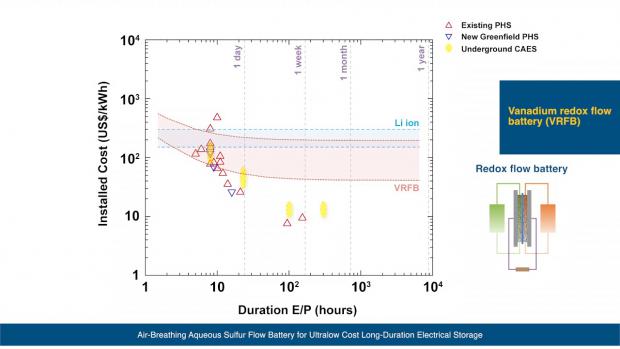
Breaking News
 Christmas Truce of 1914, World War I - For Sharing, For Peace
Christmas Truce of 1914, World War I - For Sharing, For Peace
 The Roots of Collectivist Thinking
The Roots of Collectivist Thinking
 What Would Happen if a Major Bank Collapsed Tomorrow?
What Would Happen if a Major Bank Collapsed Tomorrow?
Top Tech News
 EngineAI T800: Born to Disrupt! #EngineAI #robotics #newtechnology #newproduct
EngineAI T800: Born to Disrupt! #EngineAI #robotics #newtechnology #newproduct
 This Silicon Anode Breakthrough Could Mark A Turning Point For EV Batteries [Update]
This Silicon Anode Breakthrough Could Mark A Turning Point For EV Batteries [Update]
 Travel gadget promises to dry and iron your clothes – totally hands-free
Travel gadget promises to dry and iron your clothes – totally hands-free
 Perfect Aircrete, Kitchen Ingredients.
Perfect Aircrete, Kitchen Ingredients.
 Futuristic pixel-raising display lets you feel what's onscreen
Futuristic pixel-raising display lets you feel what's onscreen
 Cutting-Edge Facility Generates Pure Water and Hydrogen Fuel from Seawater for Mere Pennies
Cutting-Edge Facility Generates Pure Water and Hydrogen Fuel from Seawater for Mere Pennies
 This tiny dev board is packed with features for ambitious makers
This tiny dev board is packed with features for ambitious makers
 Scientists Discover Gel to Regrow Tooth Enamel
Scientists Discover Gel to Regrow Tooth Enamel
 Vitamin C and Dandelion Root Killing Cancer Cells -- as Former CDC Director Calls for COVID-19...
Vitamin C and Dandelion Root Killing Cancer Cells -- as Former CDC Director Calls for COVID-19...
 Galactic Brain: US firm plans space-based data centers, power grid to challenge China
Galactic Brain: US firm plans space-based data centers, power grid to challenge China
Air-Breathing Aqueous Sulfur Flow Battery for breakthrough ultralow cost energy storage

•Chemical cost analyzed for 40 rechargeable couples developed over the past 60 years
•Aqueous sulfur/sodium/air system identified with ultralow chemical cost of ∼US$1/kWh
•Air-breathing flow battery architecture demonstrated at laboratory scale
•Techno-economic analysis shows installed cost is comparable with PHS and CAES
Above – Curves for the present air-breathing aqueous sulfur flow battery approach using Na and Li chemistry are shown in green and gray, respectively. The chemical costs for Na and Li are shown as dashed lines. Curves of constant power cost show that the power stack dominates the system cost at short storage durations, whereas at long duration the cost asymptotically approaches the energy cost due to chemical constituents plus storage tank and related costs. 5 M concentrations of both Na and S are assumed, with cycling of the sulfur over the speciation range S22− to S42− corresponding to 25% of theoretical capacity.

 The State's Last Stand
The State's Last Stand


